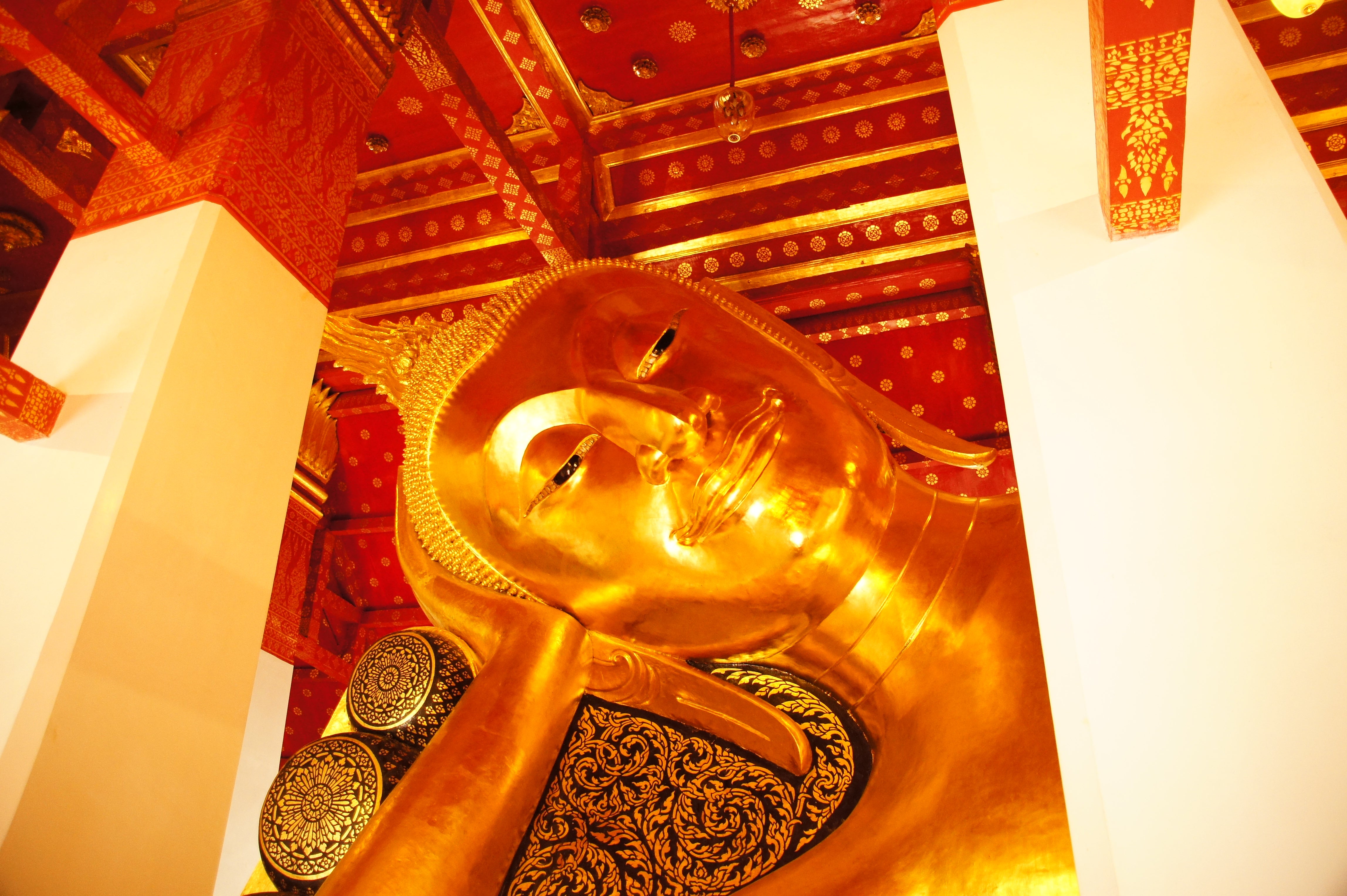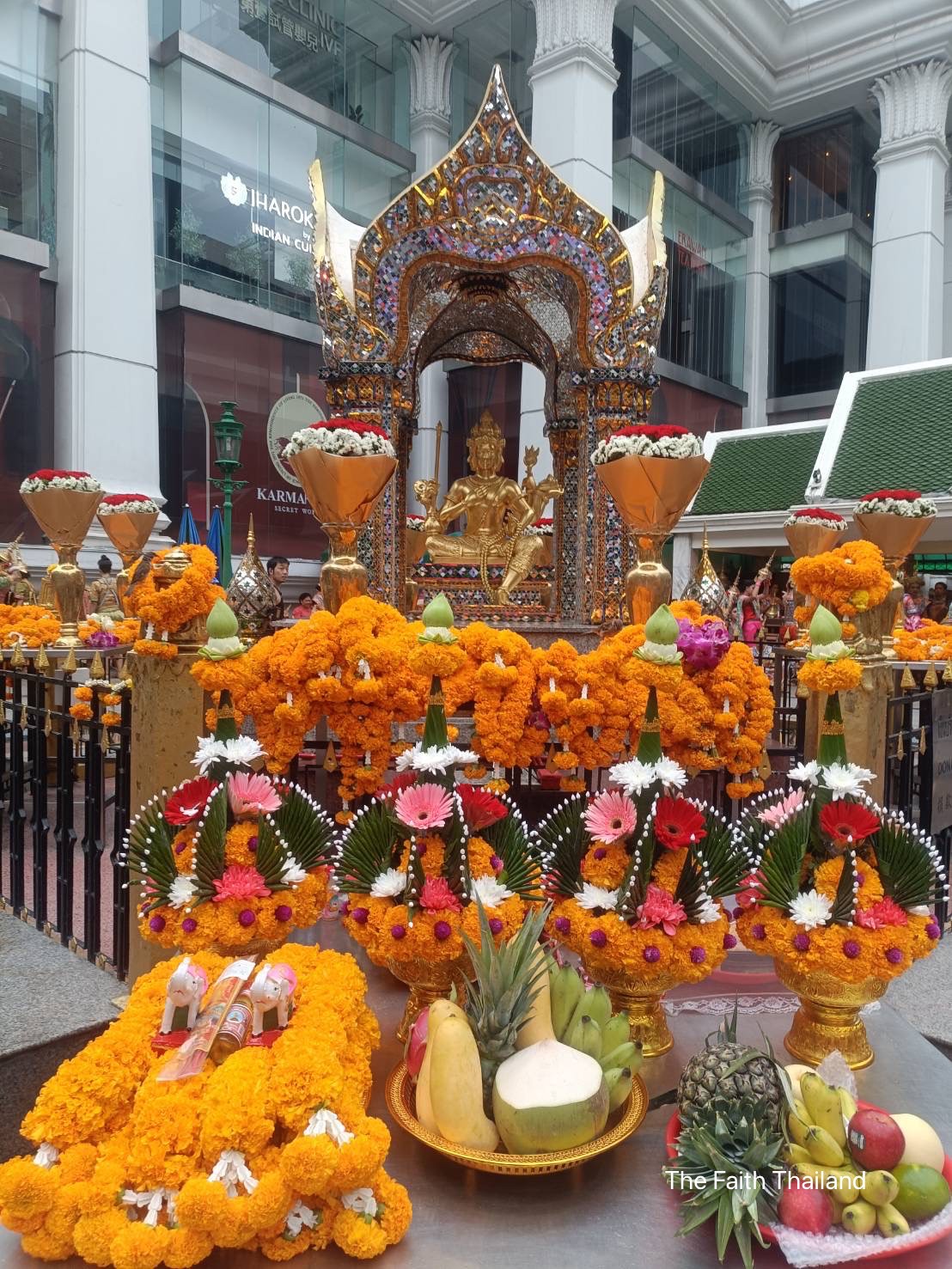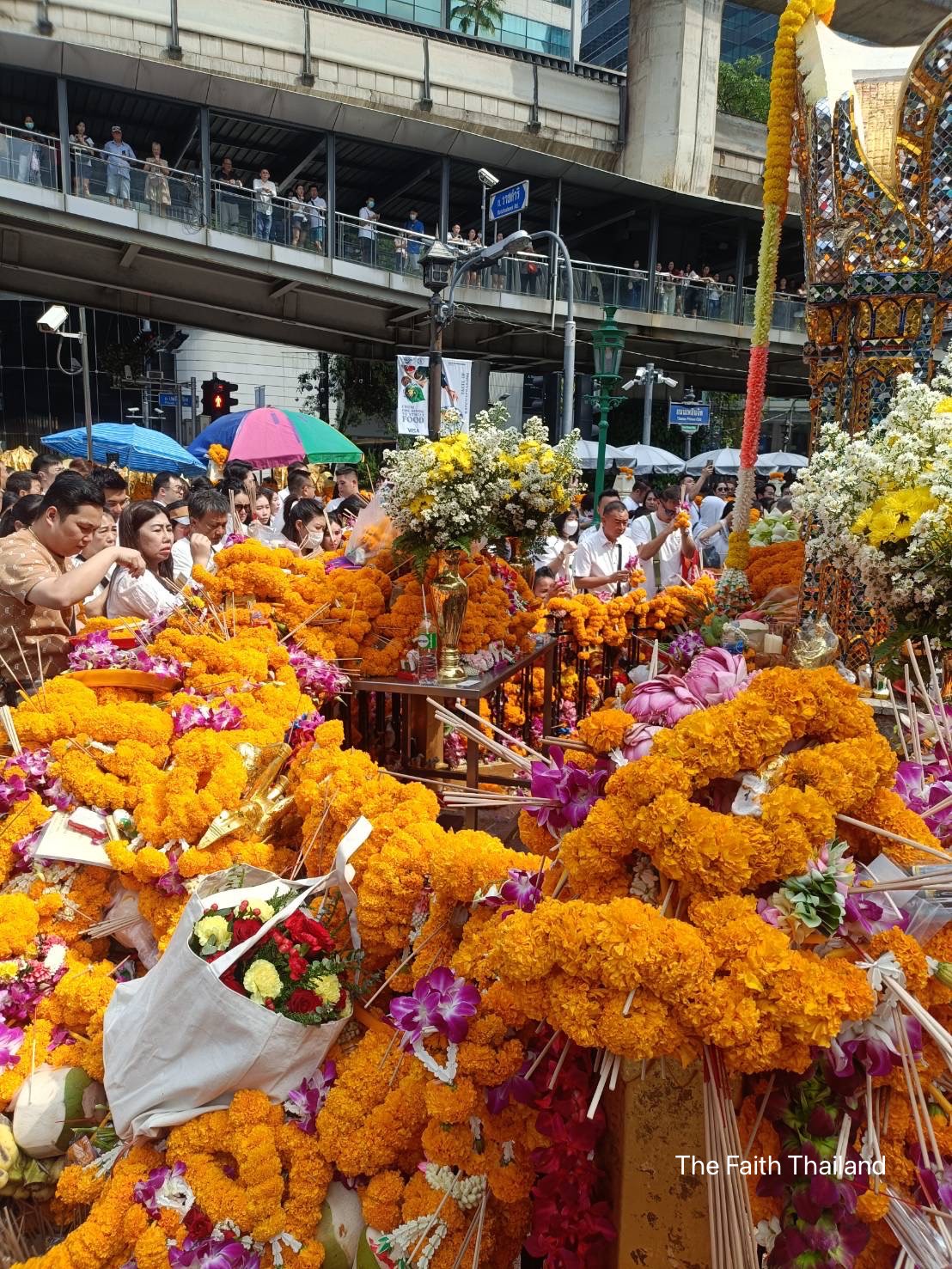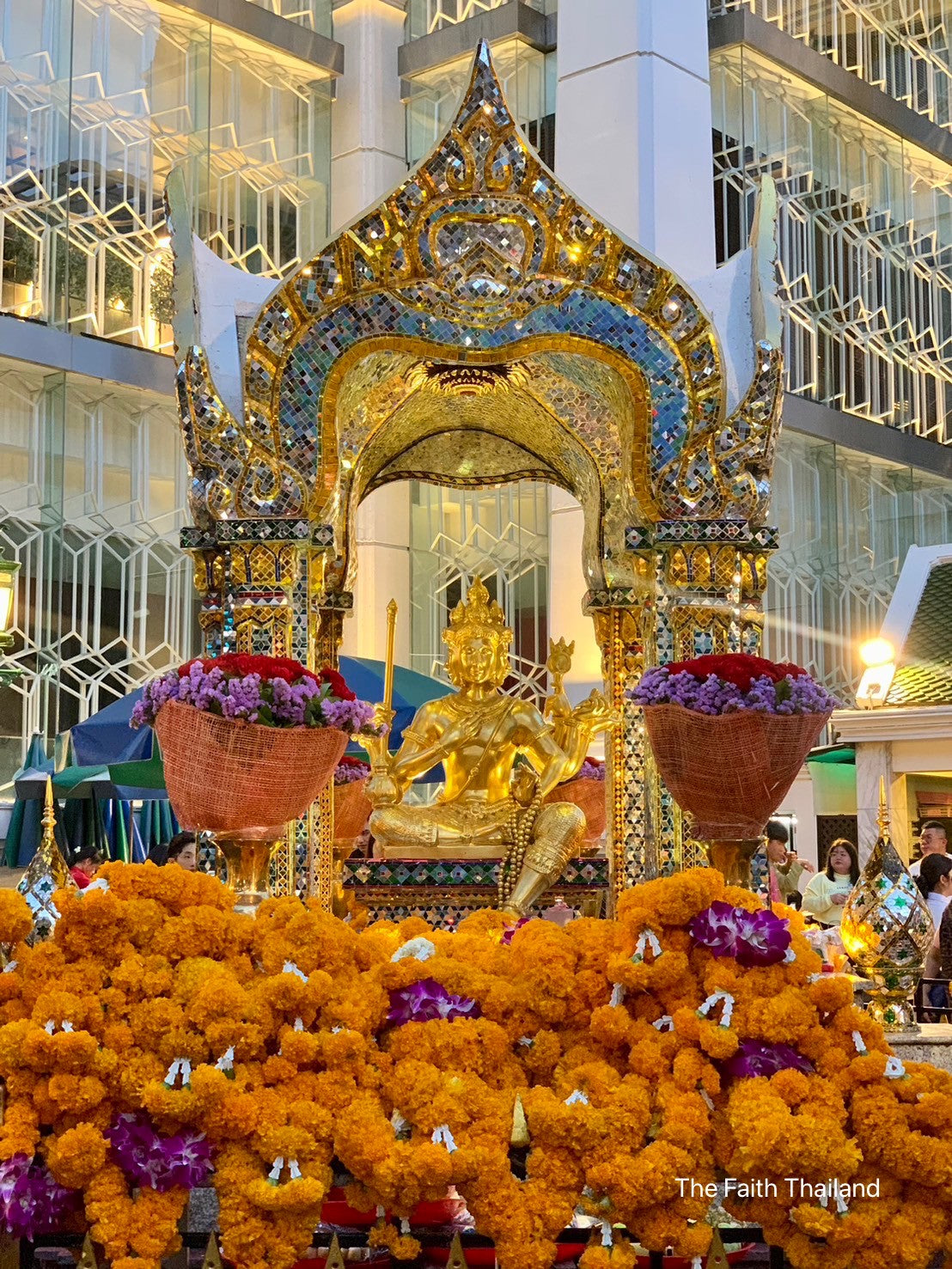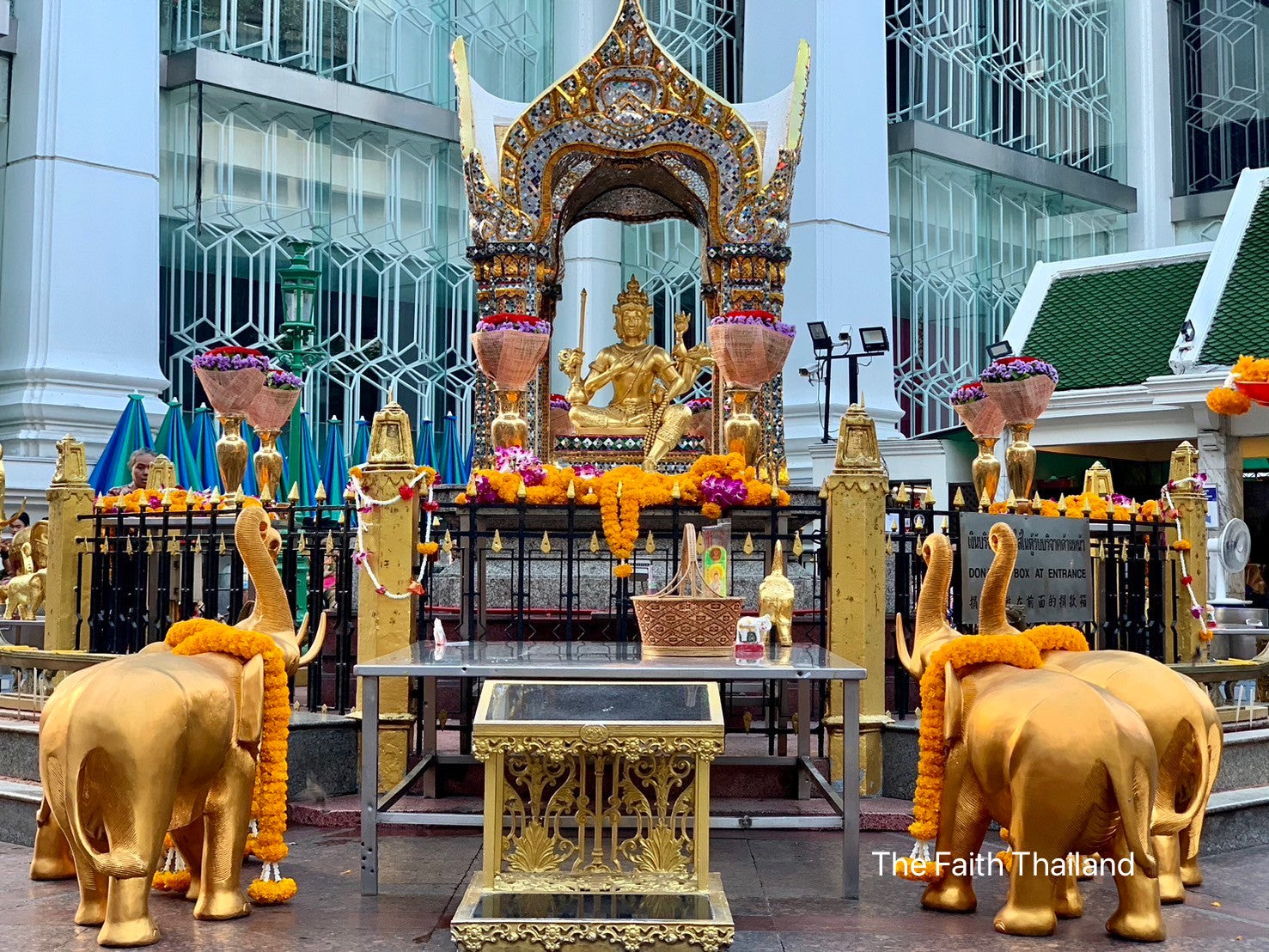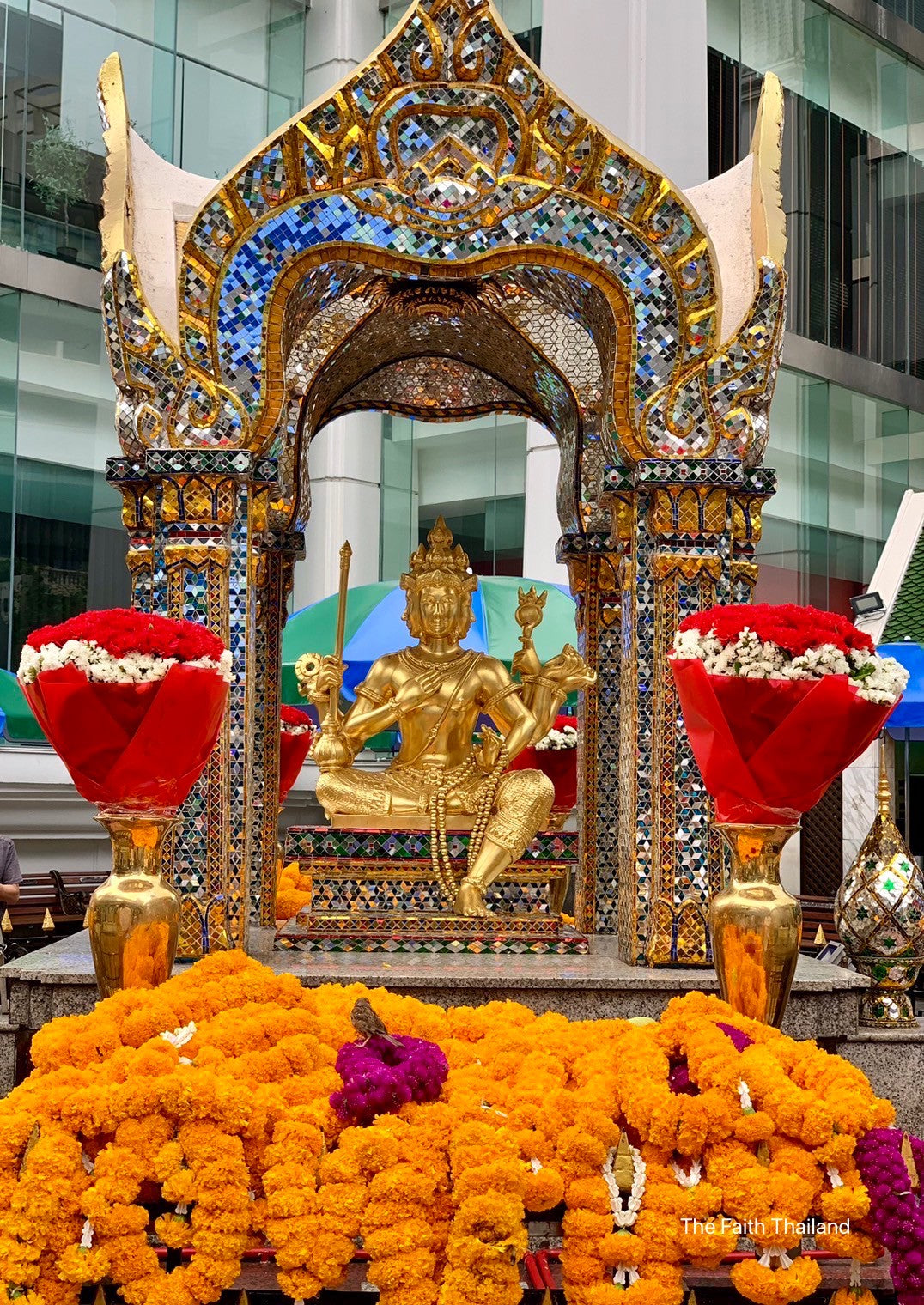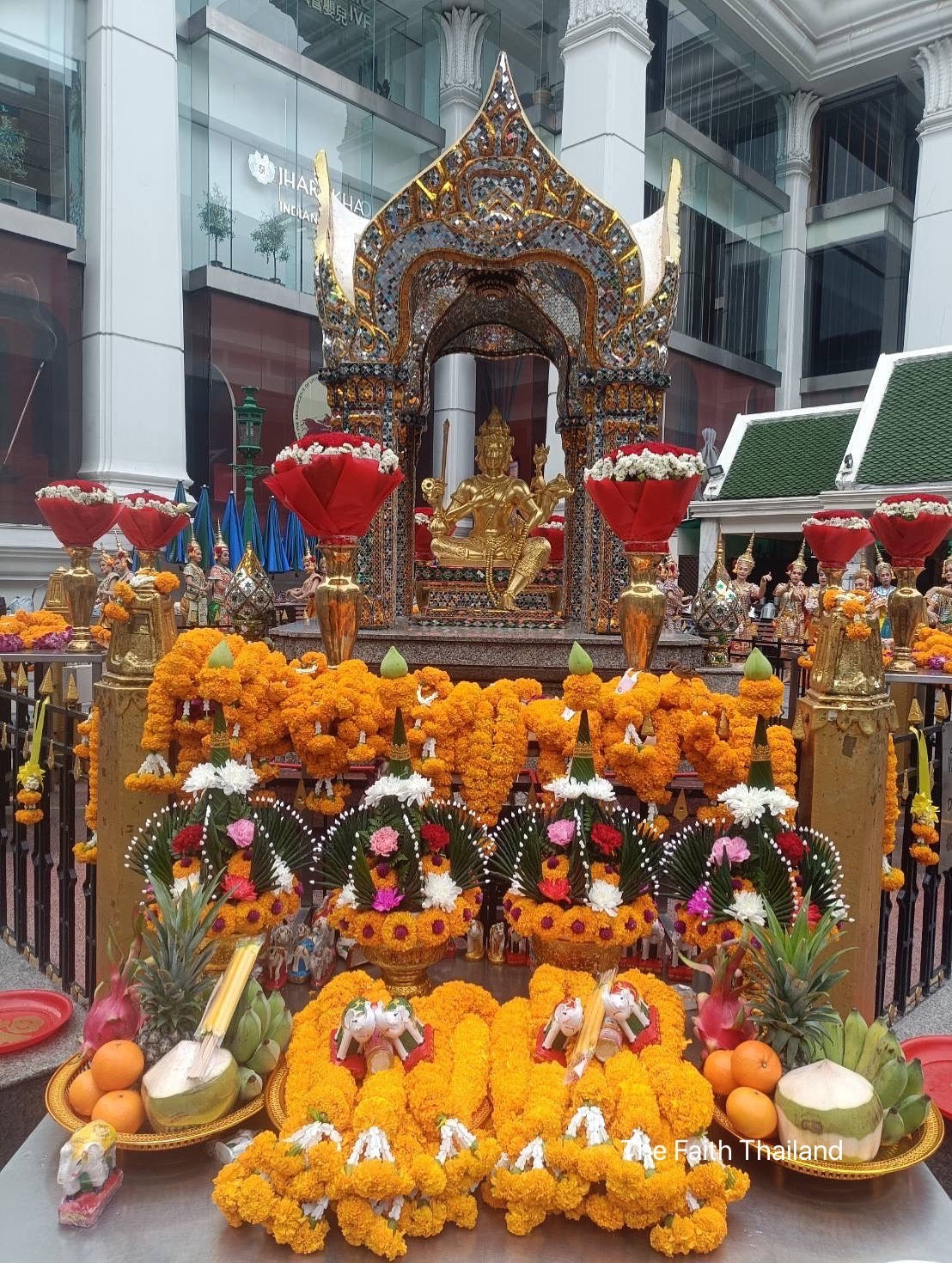卧佛寺的隐秘细节:雕刻与建筑中的秘密
卧佛寺,又称瓦佛帕,位于泰国曼谷,其独特的寺庙建筑和精美的佛像雕刻吸引了无数游客前来参观。然而,这座寺庙不仅是一个宗教场所,它还隐藏着许多令人惊叹的历史和艺术细节,等待我们去探索。今天,让我们从建筑与雕刻的视角出发,揭开卧佛寺背后那些鲜为人知的秘密。
雕刻艺术:细节中的神秘符号
卧佛寺以其巨大的卧佛像闻名,这座佛像全长46米,表面镀金,呈现出散发慈悲的安详神态。然而,如果你仔细观察,会发现雕刻艺术中隐藏的丰富细节。例如,佛像脚底的螺纹图案由108幅镶嵌珍珠的吉祥图案组成,象征着佛陀的108种美德。这些图案不仅展现了泰国工匠的超凡雕刻技艺,也包含了深厚的佛教哲学。
此外,寺庙中的墙壁画作也值得注意。这些绘画记载了佛陀七世的事迹,同时融入了泰国独特的历史与文化。这种通过艺术作品讲述故事的方式,不仅让参观者对佛教教义产生更深的理解,也传递了意义深刻的历史信息。
建筑设计:象征与实用的完美结合
卧佛寺的建筑设计也蕴藏着丰富的象征意义。寺内的主要建筑分布对称,反映佛教注重平衡与和谐的哲学理念。例如,寺庙的大门采用了传统的泰式风格,门楣的雕刻堪称精美绝伦,其中的每一个图案都象征着庇佑与祝福。
此外,不少游客可能会忽略寺庙中其他小型佛殿的设计。这些附属建筑虽然规模较小,但充满了精致的雕刻与装饰,体现泰国工匠对建筑艺术的完美追求。这些建筑的布局不仅营造了神圣而庄重的氛围,还通过精密的设计实现了自然采光,让寺庙内始终保持清新明亮。
卧佛寺与四面佛的文化联系
如果你被卧佛寺的文化艺术深深吸引,不妨进一步了解泰国其他具有相似文化背景的宗教建筑,比如曼谷的四面佛。阅读我们的博文泰国四面佛:灵异故事背后的文化根源,深入解析四面佛的文化与灵异传说,为你的历史探索带来更多启发。
如果你对家庭仪式和祈福感兴趣,可以阅读我们的另一篇文章将四面佛祈福融入家庭新年庆祝:技巧与建议,学习如何在家中营造和谐美好的节日氛围。

如果你是学业奋斗者,也许会对如何在曼谷四面佛体验真正的学业祈愿感兴趣,这篇文章将引导你利用祈愿仪式提升学业运势。
带回你的信仰与文化象征
参观卧佛寺后,许多人会想要将这种神圣的体验延续到生活中。如果你想将泰国佛教文化融入日常生活或寻找关于佛像商品,可以访问我们的商品列表页面,选购代表神圣与祝福的工艺品。
呼吁行动:开启你的历史探索之旅
卧佛寺不仅是建筑与雕刻艺术的象征,更是了解泰国文化与佛教哲学的窗口。通过观察这些隐秘的细节,我们能够感受到宗教、美学与历史的完美交织。如果你热爱神秘的历史探索与艺术之美,千万别错过下一次到访卧佛寺的机会。
在此之前,欢迎访问我们的博客页面,进一步了解关于四面佛和泰国文化的丰富内容。
The Hidden Details of Wat Pho: Secrets in the Sculptures and Architecture
Wat Pho, also known as Wat Phra Chetuphon, is located in Bangkok, Thailand. Its unique temple architecture and exquisite Buddha sculptures attract countless visitors. However, this temple is not just a religious site; it also hides many astonishing historical and artistic details waiting for us to explore. Today, let’s uncover the little-known secrets behind Wat Pho from the perspective of architecture and sculpture.
Sculpture Art: Mysterious Symbols in the Details
Wat Pho is famous for its giant reclining Buddha statue, which is 46 meters long and gold-plated, exuding a serene demeanor of compassion. However, if you look closely, you will find rich details hidden in the sculpture art. For example, the spiral patterns on the soles of Buddha’s feet consist of 108 auspicious symbols inlaid with pearls, symbolizing the 108 virtues of Buddha. These patterns not only showcase the extraordinary carving skills of Thai craftsmen but also embody profound Buddhist philosophy.
Additionally, the murals on the temple walls are noteworthy. These paintings document the stories of Buddha’s seven lives and incorporate Thailand's unique history and culture. This storytelling through art not only provides visitors a deeper understanding of Buddhist teachings but also conveys significant historical information.
Architectural Design: A Perfect Blend of Symbolism and Utility
The architectural design of Wat Pho is also rich in symbolic meaning. The main buildings in the temple are symmetrically distributed, reflecting the Buddhist philosophy of balance and harmony. For instance, the temple gates adopt a traditional Thai style, with exquisitely carved lintels where each pattern symbolizes protection and blessing.
Moreover, many visitors may overlook the design of other smaller shrines within the temple. Although these auxiliary buildings are smaller in scale, they are filled with intricate carvings and decorations, demonstrating Thai craftsmen's perfect pursuit of architectural art. The layout of these buildings not only creates a sacred and solemn atmosphere but also achieves natural lighting through precise design, ensuring the temple remains refreshingly bright.
Cultural Connection Between Wat Pho and Erawan Shrine
If you are captivated by the cultural arts of Wat Pho, you may also want to learn about other religious architectures in Thailand with similar cultural backgrounds, such as the Erawan Shrine in Bangkok. Read our blog post Erawan Shrine of Thailand: Cultural Roots Behind Spiritual Stories for an in-depth analysis of Erawan Shrine's culture and supernatural legends, providing more inspiration for your historical exploration.
If you're interested in family rituals and blessings, you can read our other article Incorporating Erawan Shrine Prayers into Family New Year Celebrations: Tips and Advice, learning how to create a harmonious festive atmosphere at home.

If you are a student striving for academic success, you might be interested in How to Experience True Academic Prayers at the Erawan Shrine in Bangkok, which guides you on how to enhance your academic luck through prayer rituals.
Bring Back Your Faith and Cultural Symbols
After visiting Wat Pho, many people want to continue this sacred experience in their lives. If you wish to incorporate Thai Buddhist culture into your daily life or are looking for Buddha-themed products, you can visit our product listing page to purchase crafts that symbolize sanctity and blessings.
Call to Action: Start Your Historical Exploration Journey
Wat Pho is not only a symbol of architectural and sculptural art but also a window to understanding Thai culture and Buddhist philosophy. By observing these hidden details, we can feel the perfect interweaving of religion, aesthetics, and history. If you love the mysterious exploration of history and the beauty of art, don’t miss the opportunity to visit Wat Pho next time.
In the meantime, feel free to visit our blog page to further explore the rich content about Erawan Shrine and Thai culture.

